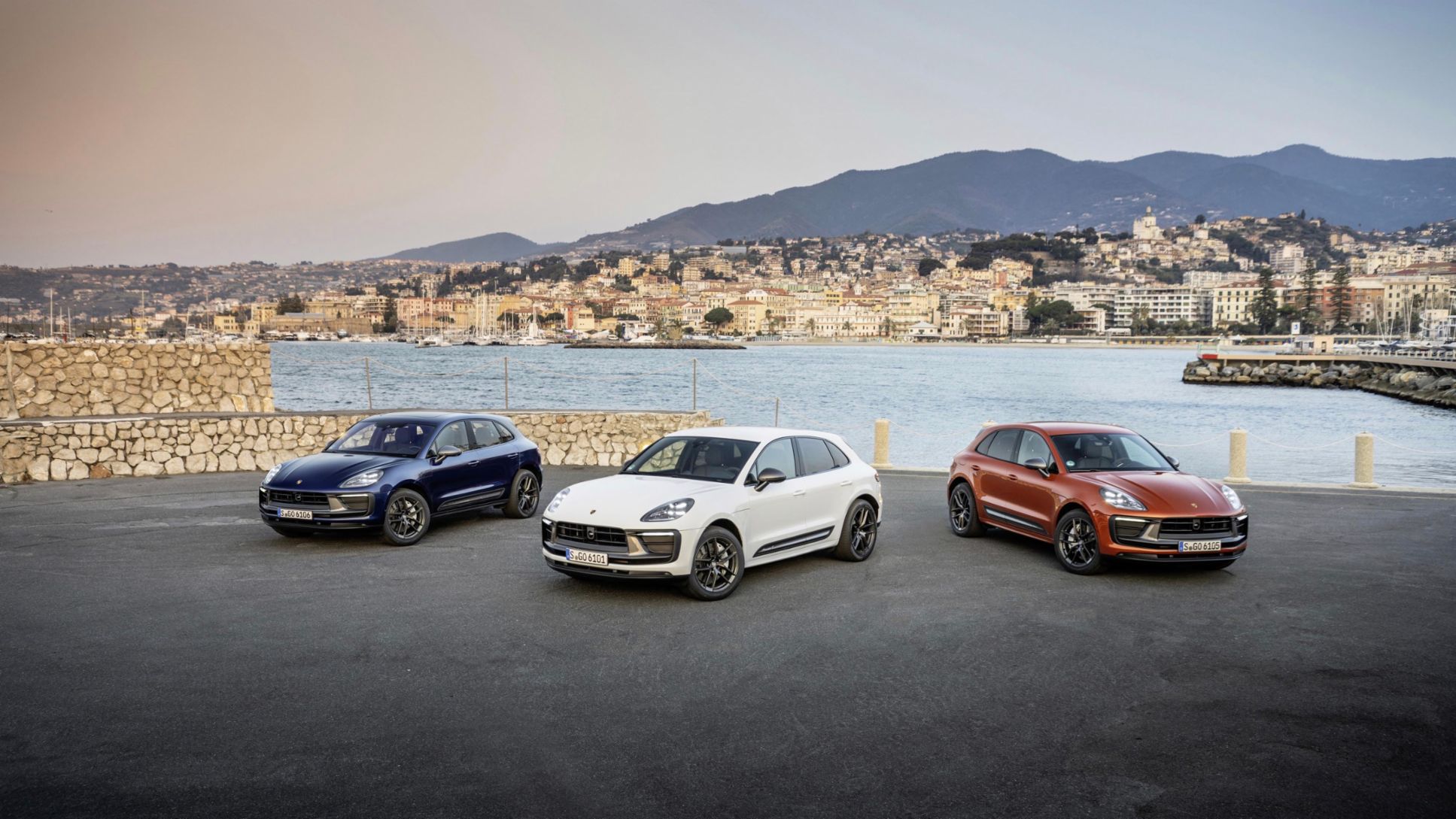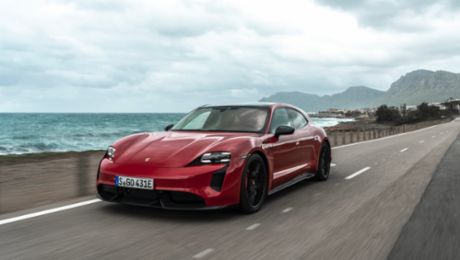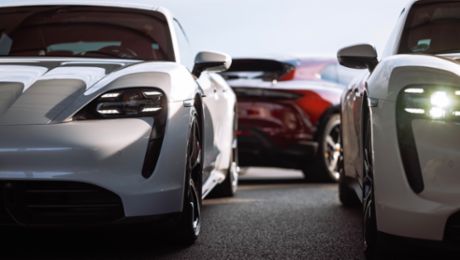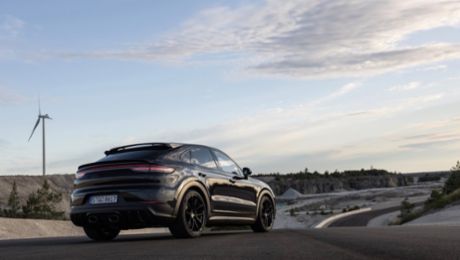“In light of the exceptional circumstances affecting the wider automotive industry, our sales teams and dealers performed well in the first quarter,” says Detlev von Platen, Member of the Executive Board for Sales and Marketing at Porsche AG. “The resurgence of the coronavirus in some regions such as China, coupled with ongoing significant supply and logistical challenges, have put us to the test. At the same time, our products continue to be in high demand among customers worldwide – equally in Europe, the Americas and China."
Growth in Europe
The multifaceted challenges faced by the sports car manufacturer in the various regions of the world painted a varied picture when it comes to deliveries. In Europe, Porsche delivered 22,791 vehicles in the first quarter, marking a year-on-year increase of 18 per cent – despite figures being very strong over the same period in 2021. Numbers were also up in the home market of Germany, with 6,925 deliveries representing an increase of 16 per cent.

In China, the largest single market for Porsche, the sports car manufacturer made 17,685 deliveries. The renewed outbreak of the coronavirus associated with the closure of Porsche Centres in some regions and logistic challenges, resulted in a decline of 20 per cent of delivery. In total, 28,991 vehicles were delivered to Porsche customers in Asia-Pacific, Africa and Middle East. In the US, 13,042 vehicles were delivered to Porsche customers despite supply and transit issues affecting multiple automotive brands. This compares to the best first quarter ever in the previous year.
SUVs remain extremely popular
The greatest demand was, once again, for Porsche’s SUV models: the Porsche Cayenne was delivered to 19,029 customers. Deliveries of the Macan totalled 18,329. The all-electric Porsche Taycan went to 9,470 customers. The sports car icon, the 911, was delivered 9,327 times worldwide. A total of 7,735 examples of the Panamera went to customers. A further 4,536 deliveries of the 718 Boxster and 718 Cayman were made.

“We remain guarded as we move into the second quarter, particularly in light of the armed conflict in Ukraine, which we view with consternation and concern for those involved. The health and safety of the people are paramount. The impact on our business activities is being continuously reviewed and assessed by our task force of experts. In spite of all this, we remain optimistic in our overall outlook and won't be making any compromises when it comes to creating emotive and unique experiences for our customers,” says Detlev von Platen.
| Porsche AG Deliveries |
January – March | ||
| 2021 | 2022 | Difference | |
| Worldwide | 71,986 | 68,426 | -5% |
| Europe | 19,389 | 22,791 | +18% |
| Germany | 5,957 | 6,925 | +16% |
| Americas | 20,468 | 16,644 | -19% |
| USA | 17,368 | 13,042 | -25% |
| Asia-Pazific, Africa and Middle East | 32,129 | 28,991 | -10% |
| China | 21,991 | 17,685 | -20% |





